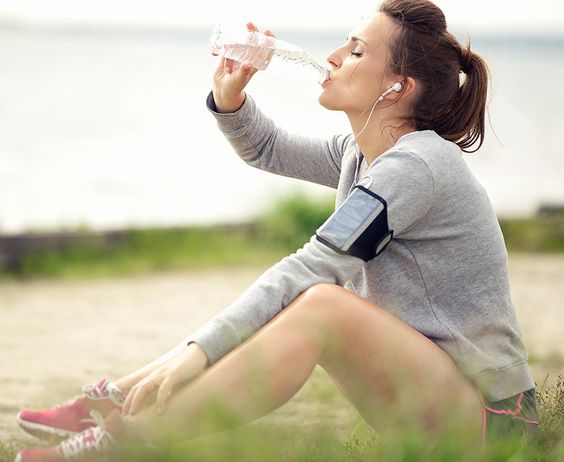Introduction
Staying hydrated is crucial for our overall health and well-being, especially during physical activities. Dehydration occurs when our bodies lose more fluids than we consume, leading to various health complications. When we engage in activities that increase sweating, such as exercise or spending time in hot weather, our bodies lose fluids at a faster rate, making it even more critical to maintain adequate hydration.

Dehydration during activities can significantly impact our performance and overall health. When we're dehydrated, our bodies struggle to regulate temperature, leading to decreased endurance, muscle cramps, and heat exhaustion in severe cases. Moreover, dehydration can cause fatigue, dizziness, and headaches, hindering our ability to perform at our best. Understanding the importance of hydration and implementing effective strategies to manage fluid balance is vital for anyone engaging in physical activities.
Recognizing the Signs of Dehydration
Recognizing the early signs of dehydration is crucial for taking timely action to prevent further complications. Common symptoms include:
- Increased thirst: This is our body's natural signal that we need to replenish fluids.
- Dark-colored urine: Concentrated urine with a strong odor is a sign of dehydration.
- Fatigue and weakness: Dehydration can lead to feelings of tiredness and lethargy.
- Headache: Dehydration is a common trigger for headaches.
- Dizziness: Feeling lightheaded or dizzy can indicate moderate to severe dehydration.
If you experience any of these symptoms, it's essential to stop your activity, move to a cool place, and start rehydrating immediately.
Strategies for Staying Hydrated
Preventing dehydration is always better than trying to cure it. Here are some practical strategies for maintaining optimal hydration levels:
- Hydrate before, during, and after activities: Don't wait until you feel thirsty to start drinking fluids. Begin hydrating a few hours before your activity and continue drinking water or electrolyte-rich beverages at regular intervals throughout.
- Listen to your body: Pay attention to your thirst cues and drink fluids accordingly.
- Choose hydrating beverages: Water is always a great choice, but you can also opt for low-sugar sports drinks containing electrolytes, especially during prolonged or intense activities.
- Avoid sugary drinks and alcohol: These beverages can contribute to dehydration.
Remember that individual hydration needs vary depending on factors like activity level, climate, and overall health. Consult with a healthcare professional or registered dietitian to determine your specific fluid requirements.





